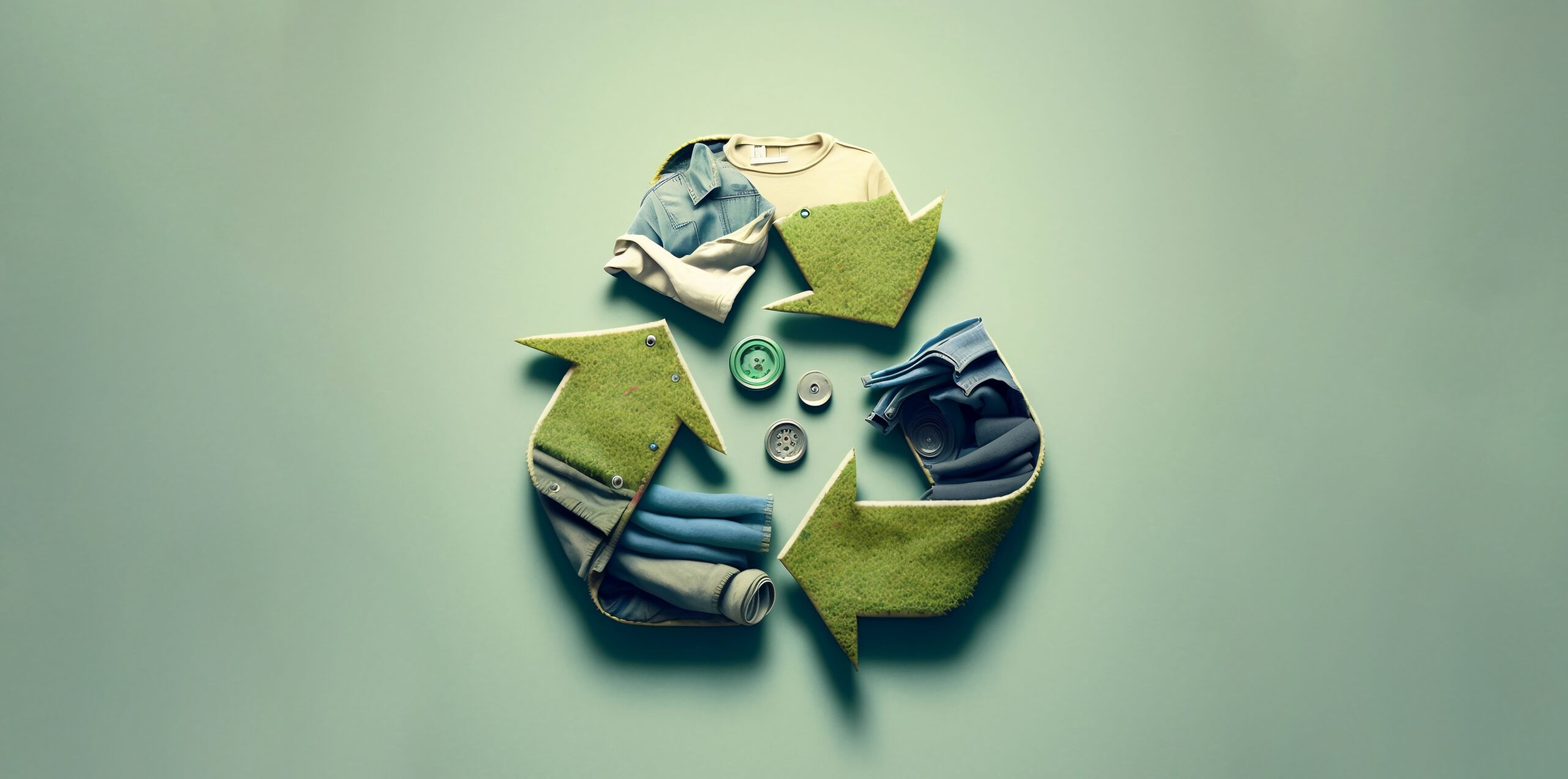Cape Town Sustainable Fashion Week: Highlighting Green Innovations
Cape Town Sustainable Fashion Week: Highlighting Green Innovations
Blog Article
Keep Ahead of the Contour by Exploring Ingenious Fashion Fads
In an industry as dynamic as fashion, remaining in advance includes even more than just following existing fads-- it requires an exploration of advancement. Smart textiles, for circumstances, are changing garments right into functional work of arts, while 3D printing is reinventing layout processes with its personalized, waste-reducing capacities. As sustainability ends up being a keystone, innovations like eco-friendly products and circular fashion practices are reshaping ecological duty - Cape Town Sustainable Fashion. In addition, the convergence of modern technology and fashion proclaims a brand-new age of consumer engagement. Exactly how, then, can these arising patterns redefine the future of fashion, and what implications do they hold for brands looking for to thrive in this evolving landscape?

Embracing Smart Textiles
In recent times, the fashion business has actually observed a transformative change with the assimilation of smart textiles, a sophisticated advancement that blends technology with fabric. This evolution stands for not just a combination of visual appeals and functionality however likewise a considerable leap in the direction of sustainability and customization in style. Smart textiles, additionally called e-textiles, embed sophisticated electronics such as sensors and conductive threads within the textile, enabling garments to communicate with the wearer or the setting.
These fabrics are designed to monitor physical parameters, such as heart rate or body temperature level, providing real-time health analytics. Beyond wellness applications, clever fabrics are also being utilized for adaptive clothes, which can change color or pattern in feedback to environmental stimulations, therefore offering a vibrant fashion experience.
In addition, the growth of energy-harvesting textiles that create power from activity or sunlight is leading the way for self-dependent wearable modern technology. This advancement is appealing to ecologically aware customers and designers intending to lower the environmental footprint of style. As research study and advancement in this area advance, clever fabrics are anticipated to become significantly prevalent, reshaping the landscape of contemporary style with their multifunctional abilities.
The Increase of 3D Printing
Changing the production landscape, 3D printing has actually arised as a game-changer in the apparel industry. This advanced modern technology has actually enabled developers to push the boundaries of creative thinking, creating elaborate and personalized garments that were previously unbelievable. By leveraging electronic layout and additive manufacturing, 3D printing assists in the creation of complicated geometries and patterns, permitting designers to trying out brand-new textures and frameworks.
A significant advantage of 3D printing in vogue is its capacity to create on-demand, minimizing waste and reducing supply requirements. This effectiveness not only maximizes production procedures yet likewise permits for quick prototyping, making it possible for developers to bring their visions to life in a shorter duration. Additionally, 3D printing sustains personalization to a level unmatched by typical techniques, offering personalized fits and one-of-a-kind styles tailored to private consumer preferences.
The rise of 3D printing has additionally equalized fashion, making it available to arising developers who can currently make premium pieces without significant monetary investment in traditional production infrastructure. As technology proceeds to breakthrough, the garment industry is positioned to harness the full potential of 3D printing, exploring new materials and techniques that will most certainly redefine how style is conceived and created.
Sustainable Fashion Innovations
As the fashion market faces journalism need for ecological obligation, lasting style technologies have emerged at the center of transformative adjustment. The growing recognition of ecological impact has fueled a shift in the direction of even more eco-conscious practices and materials. Brands and developers are now focusing on sustainability, including techniques that decrease waste and minimize carbon footprints.
One considerable growth is the surge of circular fashion, which stresses recycling and upcycling to expand the lifecycle of garments. This strategy not just lowers waste however likewise urges consumers to take on a more conscious technique to apparel usage. In addition, the usage of lasting products, such as natural cotton, hemp, and recycled polyester, has gained grip. These materials require less water and this post power during manufacturing, substantially decreasing ecological influence.
One more advancement depends on the adoption of ingenious dyeing methods that use natural dyes or waterless procedures, consequently lowering the huge quantities of water and chemicals typically used in fabric dyeing. In addition, great site developments in biotechnology have caused the creation of lab-grown natural leather and materials, providing cruelty-free and eco-friendly options to conventional products. Via these introducing efforts, the garment industry is making significant strides towards a more lasting future.

Tech-Integrated Apparel
Tech-integrated clothing represents an innovative blend of fashion and technology, improving how individuals communicate with their clothing. This cutting-edge domain name is marked by the incorporation of wise textiles and ingrained electronic elements, boosting both performance and visual appeal. From fitness trackers embedded in sportswear to heated jackets regulated by means of mobile phone applications, tech-integrated garments uses consumers extraordinary benefit and flexibility.
Introducing brands are driving this pattern, concentrating on creating garments that respond to ecological stimuli or customer commands. For example, some garments can change color or pattern in response to temperature shifts, while others integrate biometric sensing units to keep an eye on health and wellness metrics like heart price or stress degrees. The smooth assimilation of modern technology into fabrics likewise includes ecological sustainability, with efforts to develop self-cleaning fabrics check these guys out or garments that get used to climate condition, therefore lessening the demand for several layers.
Moreover, the development of wearable modern technology is not just restricted to clothing but includes devices like watches and eyewear, additional expanding the scope of tech-integrated style. As the industry continues to introduce, the possibility for customization and customization in apparel expands, providing customers one-of-a-kind, tech-enhanced style experiences that deal with their individual demands and choices.
Future of Virtual Fashion
In the last few years, the future of digital style has become a transformative force within the industry, leveraging advancements in digital technology to redefine how fashion is created, experienced, and eaten. By incorporating enhanced truth (AR), virtual truth (VR), and 3D style devices, developers can currently craft interactive and immersive experiences that transcend typical style borders. Online style permits for the development of garments that exist solely in electronic settings, providing unlimited possibilities for technology without the restrictions of physical production.
This electronic change not only offers possibilities for imaginative expression however additionally addresses sustainability problems inherent in standard style techniques. Cape Town Sustainable Fashion. By eliminating the need for physical resources, online style decreases waste and decreases carbon impacts. Moreover, the rise of digital style straightens with the enhancing customer demand for individualized and one-of-a-kind experiences, as virtual garments can be personalized and tailored to individual preferences with simplicity

Conclusion
The style industry's future lies in the combination of sustainable techniques and innovative modern technologies. Online fashion is positioned to redefine customer communications.
In current years, the style market has actually experienced a transformative shift with the assimilation of smart fabrics, a cutting-edge development that mixes modern technology with material.As the style industry grapples with the pressing demand for ecological duty, sustainable fashion innovations have arised at the leading edge of transformative adjustment.In current years, the future of online fashion has actually emerged as a transformative pressure within the sector, leveraging improvements in electronic modern technology to redefine exactly how fashion is created, experienced, and consumed. The rise of virtual style aligns with the increasing consumer demand for customized and special experiences, as digital garments can be personalized and customized to private preferences with ease.
The style sector's future lies in the combination of innovative technologies and sustainable practices.
Report this page